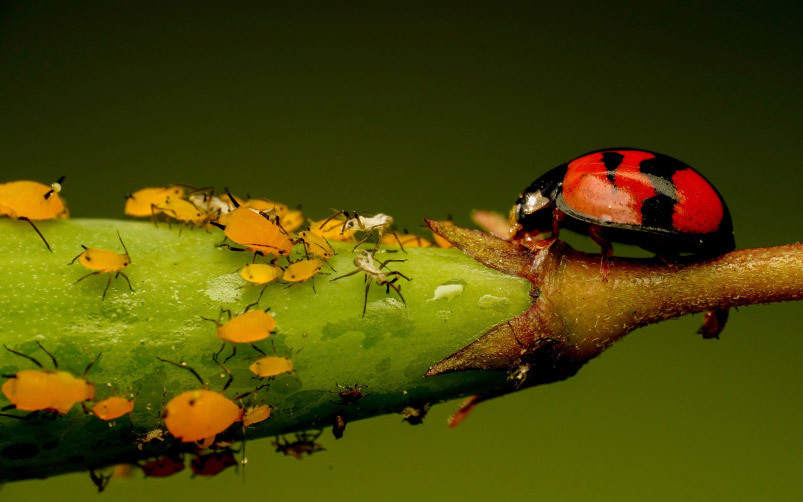Do you have some quick tips on pruning and pest control to get ready for spring?

Absolutely! Think of it as the “three P’s” of winter gardening in preparation for spring — pruning, pest control and planning. Checking these things off your list in February and March will have you in great shape when spring hits.
Pruning
The dictionary definition of pruning is the removal or reduction of parts of a tree, plant or vine that are no longer needed for growth or production or are harming the health or development of the plant. It’s also commonly referred to as “cutting back” the plants in your yard to get them in good shape for the coming season.
February and March are the time to:
- Prune any winter damage to trees and shrubs, including broken branches
- Prune and train grapes
- Prune fruit trees and blueberries
- Prune deciduous summer-blooming shrubs and trees
- Prune and train trailing blackberries
- Prune fall-bearing raspberries
- Prune clematis, Virginia creeper and other flowering vines
Pest Control
When it comes to pest control, use chemical options only when absolutely necessary, and only after carefully reading the label. Always choose the least-toxic option, such as botanical insecticides, horticultural oils, organic pesticides, and insecticidal soaps — and even these should be used with care.
February and March are a good time to:
- Monitor the plants in your yard for problems — and don’t treat with any form of pest control unless a problem is identified
- Use delayed-dormant lime sulfur sprays for any pest issues with fruit and deciduous trees or shrubs
- Remove cankered branches from fruit and nut trees to help control diseases like apple anthracnose, stone fruit bacterial canker, and Eastern filbert blight
- Remember to sterilize tools before each new cut so you’re not inadvertently spreading any diseases
- Monitor for European crane fly and treat lawns if you see any damage
- Control moles and gophers with traps
Planning
Spring is an especially busy time in the garden. So when things are a bit more quiet — as winter is ending — take the opportunity to do some planning for what lies ahead.
February and March are a good time to:
- Clean and sharpen your gardening tools
- Tune up your lawn mower
- Have your soil tested to get an accurate readout of any nutritional needs
- Map out your vegetable garden
- Plant fruit trees and deciduous shrubs
- Plant new roses, if that’s your thing
- Create a list of new annuals and perennials you’d like to add to your landscape
Share This
